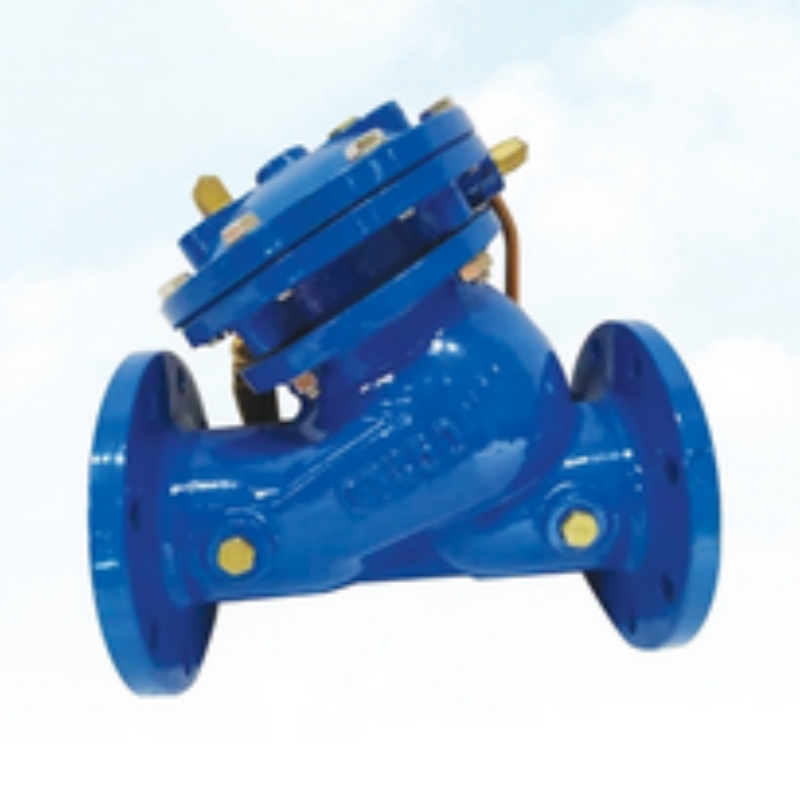Гру . 05, 2024 06:04 Back to list
Understanding the Functionality and Benefits of Ball Check Valves in Fluid Systems
Understanding Ball Check Valves A Comprehensive Overview
Ball check valves are essential components in various fluid systems, providing reliable backflow prevention to ensure the proper functioning of pipelines and machinery. Their design and operation are straightforward yet highly effective, making them a popular choice in industries ranging from water treatment to oil and gas.
What is a Ball Check Valve?
A ball check valve is a type of one-way valve, where a spherical ball serves as the closing mechanism. This valve operates based on pressure differences in the fluid system. When the fluid flows in the desired direction, the ball is lifted off its seat, allowing the flow to proceed. Conversely, if the flow tries to reverse, the ball is pressed against the seat, effectively sealing the valve and preventing backflow.
Design and Construction
The construction of a ball check valve is quite simple yet robust. Key components include
1. Body Typically made from materials like brass, stainless steel, or plastic, the body houses the ball and the sealing seat. The material selection depends on the application's pressure, temperature, and chemical compatibility requirements.
2. Ball The ball is usually made of durable materials such as polymer, rubber, or metal. Its smooth surface ensures minimal friction, allowing for seamless movement in response to the fluid's pressure.
3. Seal/Seat The sealing seat can be made of rubber or other elastomers, ensuring a tight closure when the ball is seated.
Operation Principle
The operation of a ball check valve is based on the basic principles of hydraulics. When fluid flows in the intended direction, it exerts pressure on the bottom of the ball, lifting it off the seat. This allows fluid to flow through the valve. If there is an attempt for backflow, the fluid pressure pushes the ball down onto the seat, creating a tight seal that prevents any reverse flow.
ball check valve

The design’s simplicity is one of its greatest advantages, as it requires no external power source or complex control mechanisms to operate. This contributes to its reliability and low maintenance requirements.
Applications
Ball check valves are used in a wide range of applications due to their versatility and effectiveness. Some common applications include
1. Water Treatment Plants Here, they are used to prevent backflow in water distribution systems, ensuring clean water supply and protecting against contamination.
2. Industrial Systems In various industrial processes, these valves help maintain proper flow direction and pressure management, protecting pumps and other equipment from damage caused by reverse flow.
3. HVAC Ball check valves are also utilized in heating, ventilation, and air conditioning systems to maintain efficient operation and prevent leaks.
4. Oil and Gas Industry They play a critical role in ensuring that oil and gas flows properly through pipelines without reversing, which could lead to hazardous conditions.
Advantages and Disadvantages
Advantages - Simplicity Their straightforward design makes them easy to install and maintain. - Reliability Ball check valves provide a dependable solution for preventing backflow, reducing the risk of contamination and damage to equipment. - Durability High-quality materials contribute to their longevity and ability to withstand harsh operating conditions.
Disadvantages - Limited Pressure Applications They may not perform well in low-pressure situations, as insufficient flow may not lift the ball off the seat. - Potential for Jamming Debris in the fluid can hinder the ball's movement, leading to valve malfunction.
Conclusion
Ball check valves are vital components in maintaining the efficiency and safety of fluid systems across various industries. Their reliable operation, simple design, and ability to prevent backflow make them indispensable in modern engineering. As industries continue to evolve, the demand for advanced valve technology, including innovations in the design and materials used in ball check valves, will likely grow. Understanding their function and application is crucial for anyone involved in fluid system management or maintenance.
-
thread-plug-gauge-our-promise-of-measurement-excellenceNewsAug.22,2025
-
gauge-pin-class-reflecting-quality-legacyNewsAug.22,2025
-
check-valve-types-for-high-rise-buildingsNewsAug.22,2025
-
water-control-valve-for-irrigation-systemsNewsAug.22,2025
-
gate-valve-with-soft-seal-technologyNewsAug.22,2025
-
y-type-strainer-for-oil-and-gas-applicationsNewsAug.22,2025
Related PRODUCTS









